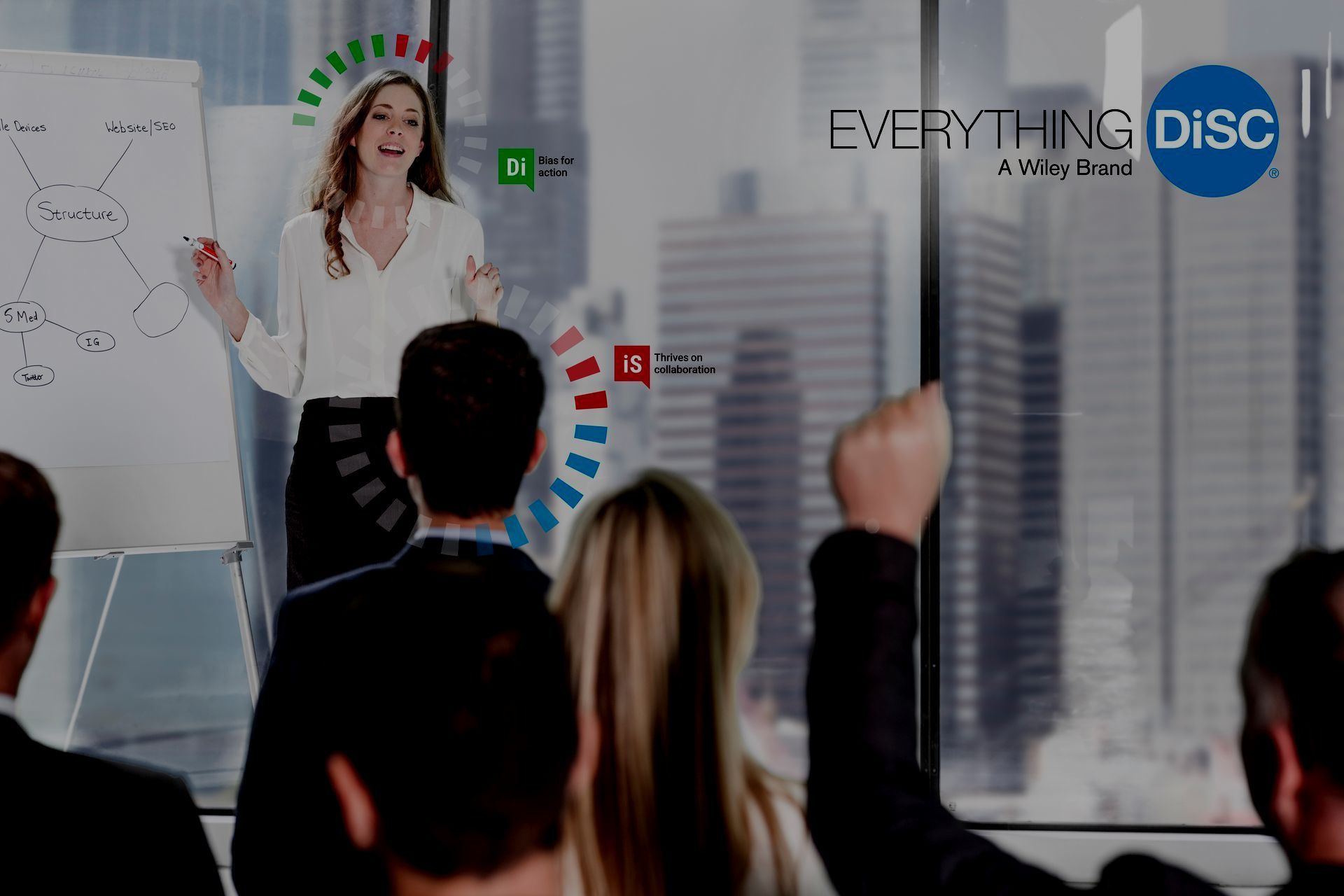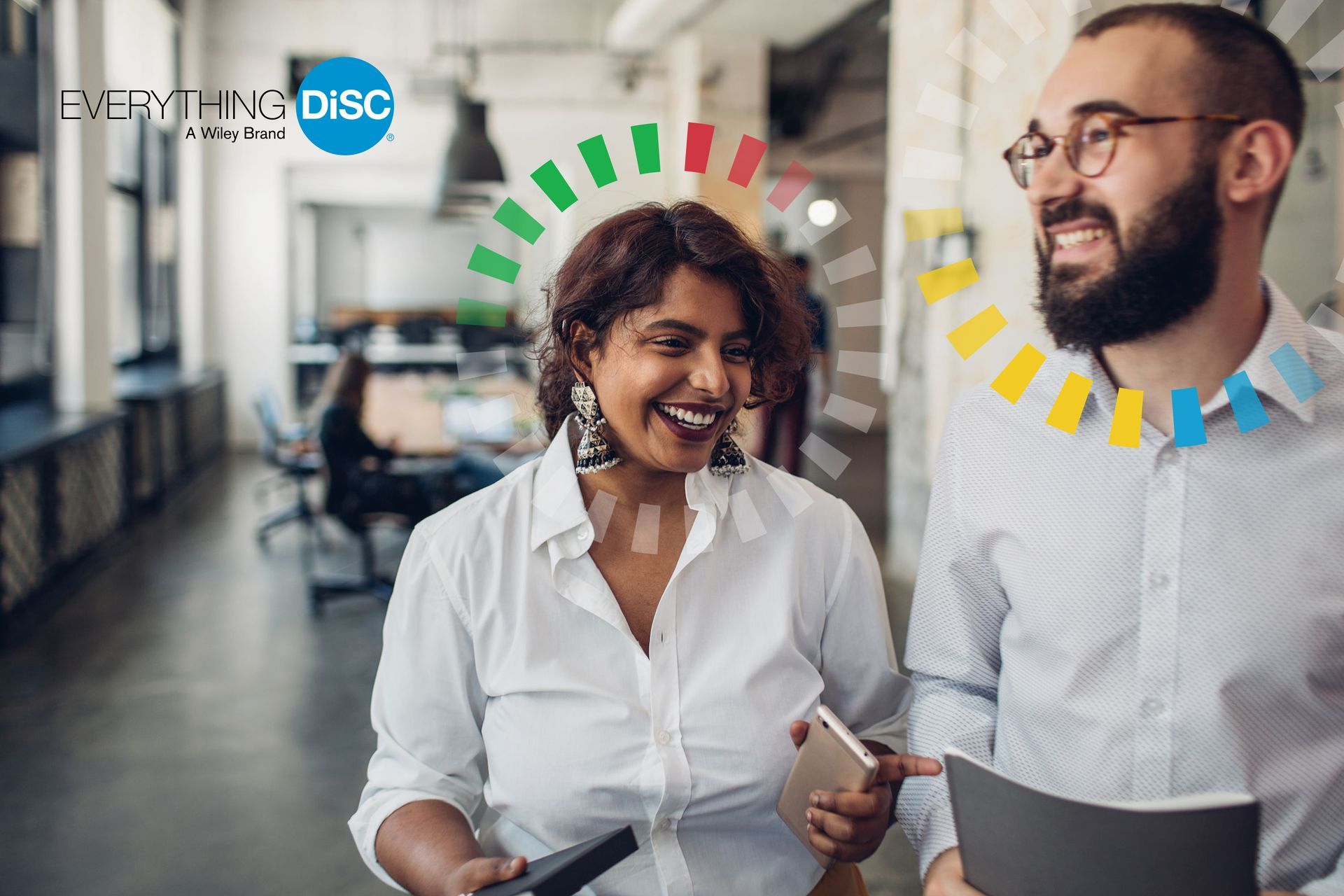By: Melissa Barlock
The Chain is only as Strong as it's Weakest Link

By now we’ve all heard the saying “The chain is only as strong as its weakest link…,” or some variation, since it first appeared in Thomas Reid’s Essays on the Intellectual Powers of Man, published in 1786. Put into a business context, a group or organization is only as strong as the least effective person; essentially, the success of a business is contingent on each and every member of the group.
This naturally leads us to the million dollar question: How do we engage our employees so as to create the most positive and productive workplace environment?
In order to answer this we must first get to the bottom of what motivates people. While motivation can certainly involve an exuberance of energy, intensity and enthusiasm, it is more accurate to think of motivation as an incentive to act. Importantly, it is not a one-size-fits-all endeavor. But though humans are complex, to be sure, and individuals are uniquely shaped by both innate and learned experiences, human behaviour can be highly predictable. Personality types have been recognized as far back as Hippocrates in Ancient Greece, who attributed behaviour to the balance of the four humors. For leaders and business owners this is great news, because it categorizes people in a way that facilitates effective communication between different personality types – the key to a happy and productive team environment.
Take the pleasure principle developed by Sigmund Freud as an example, which suggests that people primarily make choices to avoid or decrease pain or to create or increase pleasure. On a basic level, people can be distinguished by their predisposition to lean towards one side or the other. For example, individuals who are motivated more by pleasure tend to be ambitious and seek out opportunities. They are willing to take risks and are driven by goals and sales targets. On the other hand, individuals who are motivated more by the avoidance of pain tend to focus on protecting what they already have. They fear loss of stability and prefer to avoid conflict: if they don’t do “X” then “Y” won’t happen.
A behaviour assessment tool that has gained traction in the business world due to its effectiveness and ease of administration and interpretation is the DISC model. Originally developed by psychologist William Moulton Marston and expounded on in his seminal book Emotions of Normal People, it categorizes personalities into four general types.
An important part of working in a team involves understanding others and how to effectively communicate with them. DISC helps to put different peoples’ priorities into perspective, thus facilitating these objectives through identifying others’ wants, needs, and motivations.
Our personalities make it difficult to get along perfectly at all times with the different personalities of others. However, being knowledgeable about the various personality traits and being attentive to them in yourself and others will allow you to adapt and better interact with those around you. This will allow for better communication, understanding, warmth, and ultimately better relationships. Whether personal or professional, you can use DISC to tailor your communication, understand why others communicate the way they do, and improve overall productivity. Knowing your own profile will also help you to grow as an individual, avoid conflict, appreciate diversity, and improve decision-making.
There are four basic personality types in the DISC profile: D-Type, Drivers; I-Type, Influencers; S-Type, Steady; and C-Type, Conscientious.
D-Style, or DRIVERS make up approximately 3% of the population and are characterized as active, fast-paced, strong-willed, determined, goal-oriented, serious, controlling, competitive, confrontational, logical and decisive. In short, they like to make things happen.
When communicating with a D-Style personality you will want to sit or stand tall and poised, speak with an authoritative and firm voice, and be sure to get to the point. Focus on solutions rather than problems.
An example of a dialogue from a team member to a D-style might sound like this: “We are following suit with all of the industry leaders who have opened their offices and we are up to spec on all of the protocols as per the RCDSO (Royal College of Dental Surgeons of Ontario)”
I-Style, or INFLUENCERS make up approximately 11% of the population and are characterized as outgoing, charismatic, enthusiastic, and expressive. They tend to dominate conversations, enjoy the limelight, and are animated and fun to be with.
When communicating with an I-style personality you will want to sit or stand with a firm posture, smile and speak with enthusiasm. They prioritize feelings and like to inquire about one’s personal life. Leave out the data and fine details and focus on the positives.
An example of a dialogue from a team member to an I-style might sound like this: “We are so happy to see you! We have missed you and your beautiful family. How have you all been? We are excited to get back to work and see our favourite patients. Thanks for putting your trust in us; as you know we have done everything humanly possible to ensure the safety of our staff and patients.”
S-Style, or STEADY make up approximately 69% of the population and are characterized as good listeners, supportive, compassionate, passive, soft-spoken, resistant to change, and detail-oriented. They are willing to follow and like to work at a steady pace.
When communicating with an S-style personality you will want to tone down the language, speak at a slower pace, and relax your body posture. They are very supportive individuals and feel appreciated when they can be of help to other team members. Give them sufficient time to respond to important decisions. Take the time to build their trust, and provide assurance and safety.
An example of a dialogue from a team member to an S-style might sound like this: “You have supported us over the last few days/months/years, etc. We want you to know that we value you and your support going forward.
We would love your help with sharing your positive experiences with your family and friends.”
C-Style, or CONSCIENTOUS make up 17% of the population and are characterized as information seeking, analytical (sometimes excessively), talented, creative, reserved, introspective, perfectionist, meticulous, loyal, sensitive, and
identify problems not solutions.
When communicating with a C-style personality you will want to tone down the language, speak at a slower pace, and relax your body posture. Provide fine details backed by evidence.
An example of dialogue from a team member to a C-style might sound like this: “We have collected all of the data and have fine-tuned all of our processes to ensure that we have followed every last detail.”
You will notice that in all four scenarios the message is the same but the communication style is different; it is important to craft your message to suit each personality type.
A strong team is the result of strong connections, each link supported by the next. Cooperation starts with understanding, gained through communication. The key is recognizing that though we are all different, we each have something unique to offer and are motivated in different ways. When we are more self-aware and learn to understand our differences, we can begin to build better relationships both with ourselves and with others. The result is success in both our professional and personal lives.
Enspire Dental Opportunities is looking forward to working with you.












